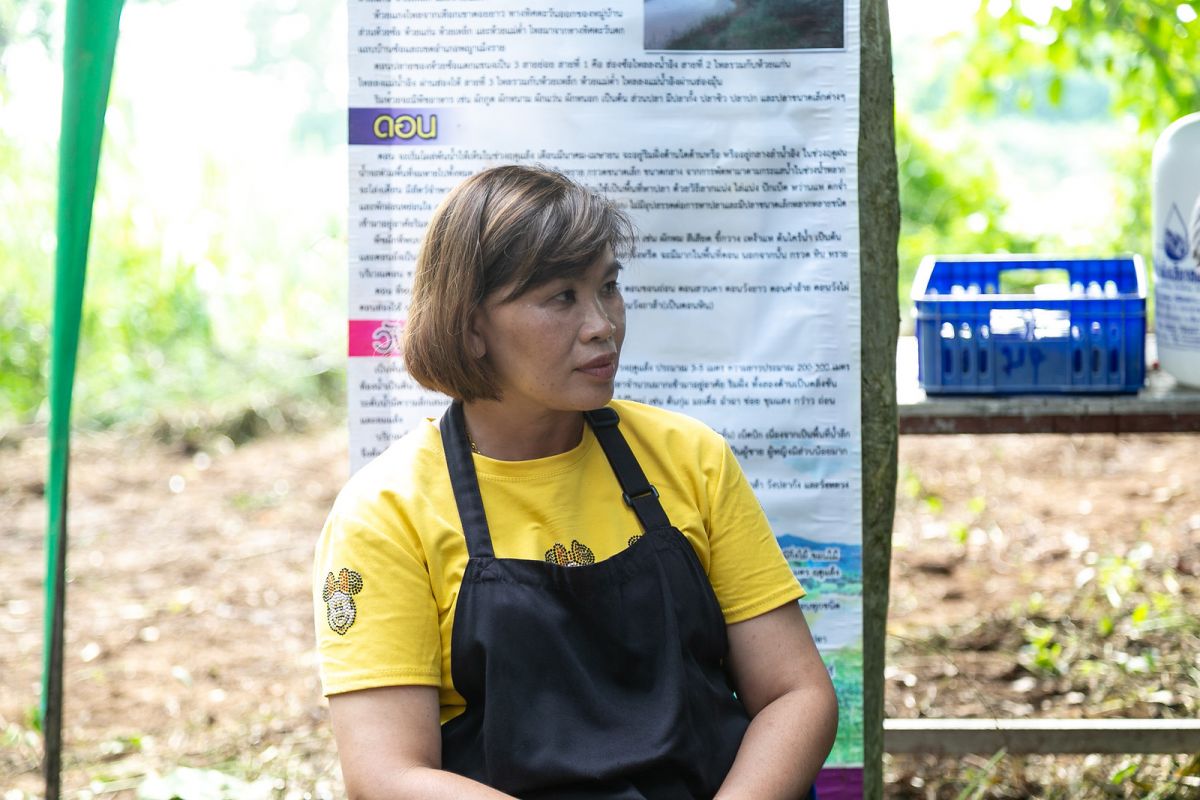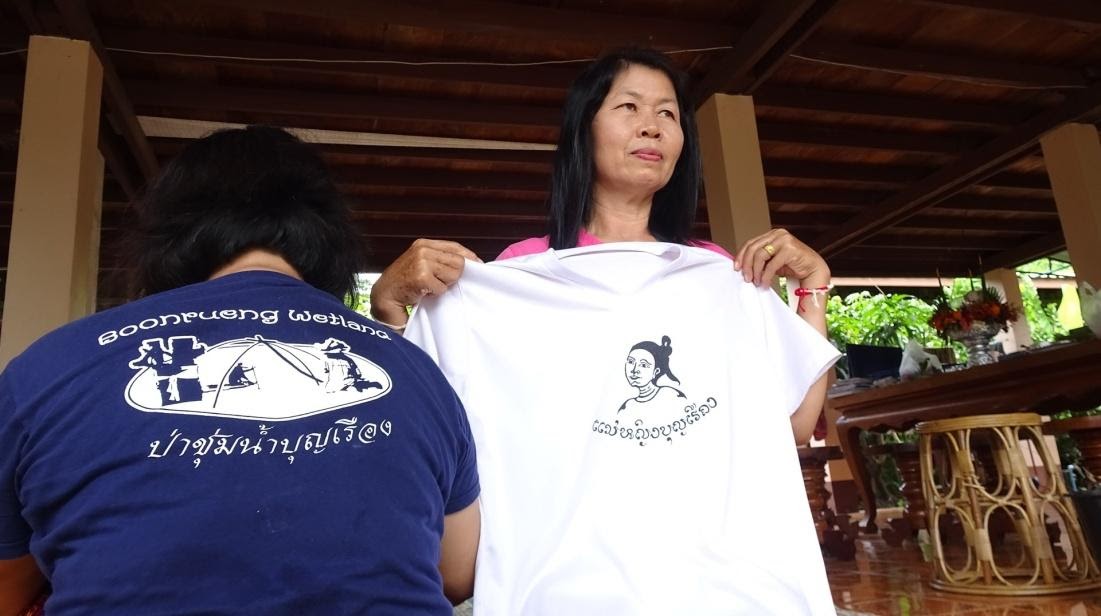Thai women organized to protect their community’s wetland forest

Women from the Boon Rueang community were crucial in the effort to convince the Thai government to stop a plan to industrialize the 483-hectare wetland forest they cherished and depended on. They helped to raise public awareness about their community’s challenge to the government’s special economic zone policy that threatened the future of Boon Rueang’s wetland forest. Their efforts contributed to the community winning the Equator Prize from the United Nations Development Programme (UNDP) in 2020.
The Boon Rueang wetland forest in northern Thailand is seasonally flooded with water from the surrounding mountains. It is contained within the Ing River Watershed, a 260-kilometre river basin that flows from Phayao Province to Chiang Rai Province in northern Thailand and on to the Mekong River. The wetland forest provides food, medicine and valuable ecosystem services to the community, such as purifying water for drinking and agricultural use, limiting flooding, storing carbon, and replenishing groundwater.
I spoke with Chanraem Rueangwilai, the only female representative on the Boon Rueang Wetland Forest Conservation Group, Neam Chantharueang, Chair of the Boon Rueang Women’s Group, and Kannika Jinasam, a member of the community’s Women’s Group. They shared their thoughts on why and how they campaigned to protect the Boon Rueang wetland forest.

Why did you get involved in the Women’s Group?
Chanraem Rueangwilai: “I have had a bond with the wetland forest since I was born because my dad was a fisherman. He came home with fish, vegetables, mushrooms, and bamboo shoots for my mom to cook for us. He collected wild fruits for me. I still miss the taste of wild fruits he gathered all the time. When I have spare time, I go fishing in the same areas in the Boon Rueang Wetland Forest as my dad did.”
Neam Chantharueang: “All women in our community are members of the group. I became involved as soon as my husband and I returned to live in Boon Rueang in 2014.”
What were the responsibilities of the Women’s Group?

Neam Chantharueang: “We worked on the wetland forest together with the Boon Rueang Wetland Forest Conservation Group. We also cooperated with external networks. We joined several talks and built connections with external partners such as the Phayao Women’s Network.”
Kannika Jinasam: “The Women’s Group fosters care for the wetland forest regardless of the distance. For example, I always give updates on the wetland forest to my children studying in Bangkok. Therefore, they also love and want to protect the wetland forest as I do. Even though they are far away, they are still Boon Rueang people.”
How did you feel when you heard the government wanted to convert the wetland forest into a special economic zone?
Neam Chantharueang: “I was very anxious when there were threats to the wetland forest. I couldn’t sleep because I was afraid that they might take it away. ”
Chanraem Rueangwilai: “I was sad and worried. Then I joined other people in the community to protect the area.”
How did the Women’s Group help protect the Boon Rueang Wetland Forest?
Neam Chantharueang: “Everyone in the community took on roles to protect it. Women were involved in almost every aspect. We worked with seniors on cultural activities and traditional rituals to prepare ceremonial offerings to prolong the life of the forest. We also prepared to welcome visitors to the community and to the wetland forest.”
Chanraem Rueangwilai: “We helped communicate our story using social media and other channels with people outside the community with posts from our children to external organizations. We coordinated with the Ing River Basin Women’s Network to exchange our approaches and share our perspectives about women’s roles in natural resource conservation in the Ing River Basin. We did our best to keep the wetland forest from being changed into an industrial estate.”
###
Phitchayetsaphong Khurupratchamak is the Coordinator of the Boon Rueang Wetland Forest Conservation Group. This story is produced with the financial support of the European Union. From March 2015 to February 2019, the EU funded RECOFTC and Chiang Rai Rajabhat University to implement the Empowerment of Local Networks and Local Authorities for Sustainable Ing Watershed Management project. Through this initiative, the community collected data and evidence on Boon Rueang Wetland Forest’s biodiversity and carbon stocks.
This content is the sole responsibility of Phitchayetsaphong Khurupratchamak and does not necessarily reflect the views of the EU.
RECOFTC’s work is made possible with the support of the Swiss Agency for Development and Cooperation (SDC) and the Swedish International Development Cooperation Agency (Sida).

